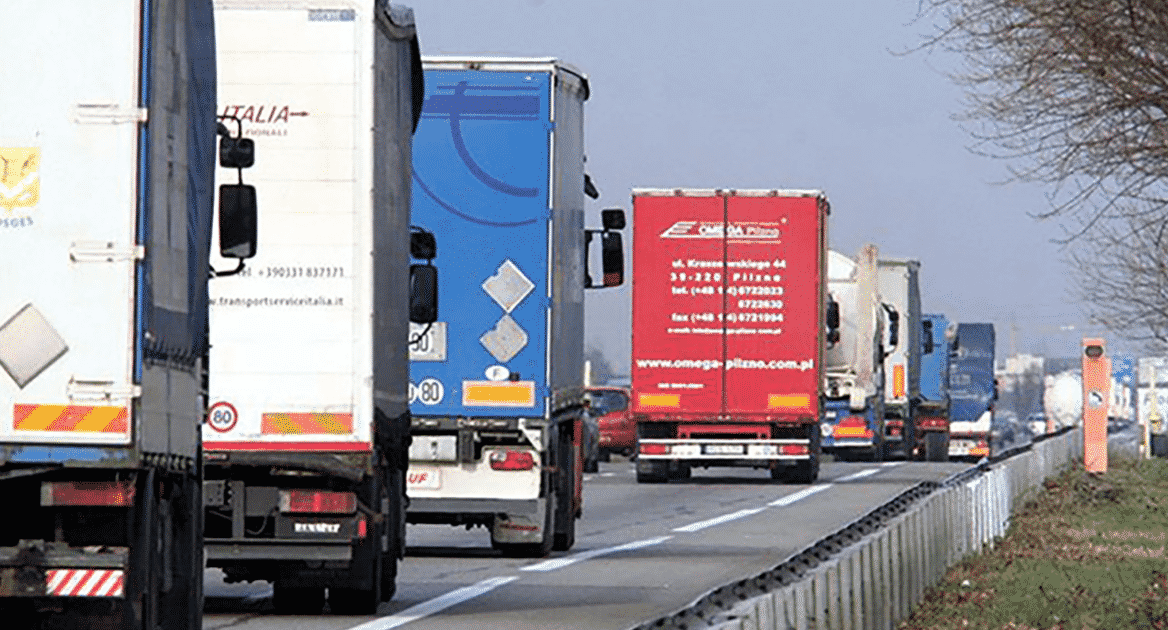Optimising capacity – the green way forward

The climate crisis concerns us all, and global warming’s consequences become clearer with every year that passes. Denmark has a stated goal of reducing its CO2 emissions by 70% by 2030. The transportation and logistics industry has to do its part, but it’s tremendous and costly challenge to transition an essential socio-economic industry, which for decades has depended on fossil fuels.
For many businesses today, climate action is a strategic priority with equal importance to that of financial targets. Luckily, green technologies are being developed as we speak. Green technologiges that will help supply chains become more sustainable.
The transition requires both a willingness to change and often new investments. Some green solutions are more expensive and uncertain investments than others, particularly when they haven’t yet matured to a point of commercial viability.
In Denmark, trucks make their routes with an average fill rate of 56% (ITD). We can do better. Because if we load more on every truck, we’ll ultimately save trucks, and reduce CO2 and other harmful emissions. On average, SpaceInvader’s clients reduce their CO2 emissions by at least 15%.
We’ve written a small piece about how double-stacking pallets and cargo thereon can help the transportation and logistics industry save space, money and CO2 simply by optimizing capacity. There are gains to be made – throughout the supply chain.


